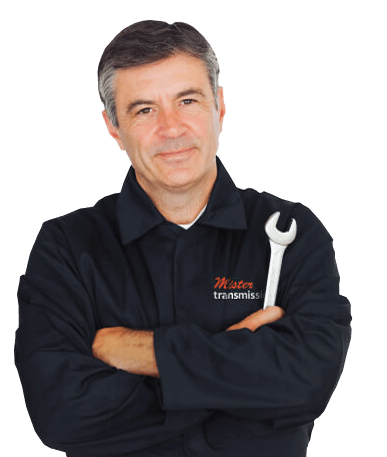


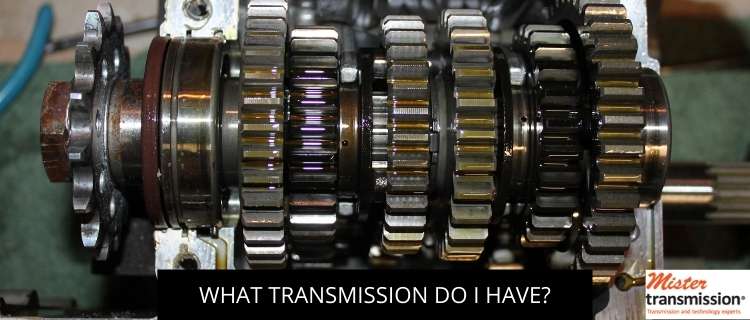
On this site you will see terms like “transmission overhaul”, “solenoid pack”, “throttle linkage”, and more. If you have no idea what any of those terms mean, that’s OK. We’re here to help with more basic question too, such as…
Let’s start at the beginning. A lot of new drivers, and even some experienced ones, don’t actually know what kind of transmission they drive. If you’re one of these people, that’s OK. We all must start somewhere. But you really should know so you can take care of it better. So, let’s figure it out. What transmission do you have?
The engine powers your vehicle. The wheels spin, propelling your vehicle forward. But how does that power get from the engine to the axles that then spin the wheels? That’s what the transmission does. The engine operates at a different RPM (revolutions per minute) than the wheels actually turn, so we need something to make the two compatible. The transmission is part of the drivetrain that delivers power from the engine to the wheels. But sometimes you want your wheels to turn forward, other times you want them to turn backwards, and other times you want them to turn from momentum, not via power from the engine. By changing gears, the transmission allows for all three and more. And this is where we get into the different types of transmissions.
If you own a vehicle sold in Canada, you probably have an automatic transmission. An automatic transmission automatically changes the gear ratio as the vehicle moves so that the driver does not have to shift the gears manually. Automatic transmission vehicles don’t have a clutch pedal, reducing the amount of work the driver has to do. This is an advantage for many, because an automatic transmission requires less work than a manual one.
If you have to use a clutch pedal, then your vehicle has a manual transmission. Manual transmissions are generally more fuel efficient than automatic transmissions. They also allow the driver to have more control over how the vehicle operates. Manual transmission vehicles are more popular in Europe than North America, though both kinds are plentiful on both continents.
CVT stands for continuously variable transmission. The CVT is a type of automatic transmission that changes seamlessly through a continuous range of gear ratios. CVTs are flexible and allow the engine to operate at a constant RPM while moving at different speeds.
Do you have more questions about the transmission you have? Please contact us!



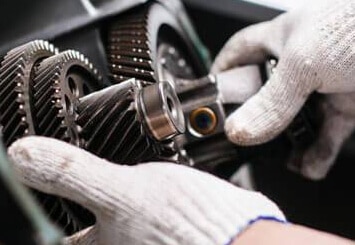
The evolution of transmissions has made these machines and systems increasingly complex. When transmission repairs are required, determining the cause and cure for what ails can be tricky.
Read More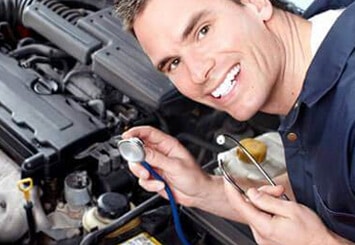
At Mister Transmission we have access to leading-edge diagnostic equipment, enabling us to offer you the fastest and most accurate findings about what’s going on inside your vehicle’s transmission.
Read More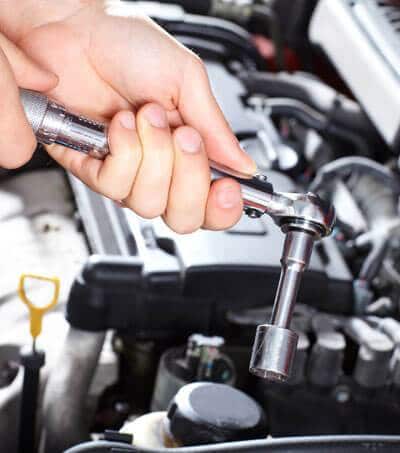
Just as you have other parts of your car serviced, your transmission needs maintenance to ensure a long life and avoid transmission problems.
Read More